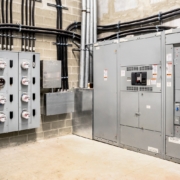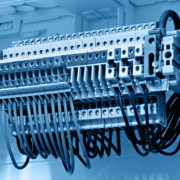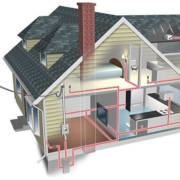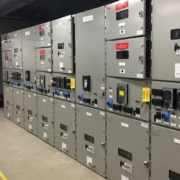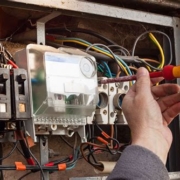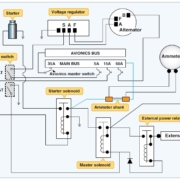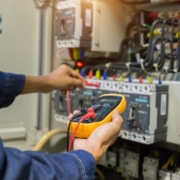Automotive Electrical Systems
Automotive Electrical Systems
Automotive electrical systems play a vital role in modern vehicles, enabling the safe and efficient operation of all their various components. As technology advances, these systems are becoming increasingly complex and sophisticated. From headlights to airbags, automotive electrical systems are responsible for powering the parts that keep us safe and comfortable when we drive.
With advancements in both hardware and software, automotive electrical systems can be expected to become even more important as new features are added to cars in the future. The automotive industry is making great strides in developing vehicles with higher levels of automation and technology. As the demand for more advanced and efficient vehicles increases, so too does the need for reliable, safe, and efficient automotive electrical systems.
With the help of modern technology, such as AI-assisted predictive maintenance tools, these systems are becoming increasingly sophisticated and reliable. By leveraging AI-assisted predictive maintenance tools, automotive manufacturers can ensure that their vehicles are running at optimal performance levels while minimizing the risk of unexpected failures or breakdowns. This is just one example of how automotive electrical systems are evolving to meet the changing needs of the industry. With advances in technology, they are becoming increasingly important for the overall performance of the vehicle.
From powering headlights to controlling engine functions, automotive electrical systems play a vital role in determining the efficiency of a vehicle. They are also responsible for providing safety features such as airbags and other safety devices. By understanding how these systems work, it is possible to design better solutions that can help reduce emissions, increase fuel efficiency, and improve overall performance.


